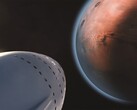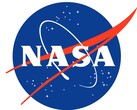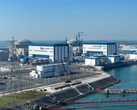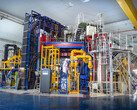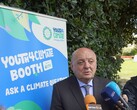The nuclear and space races have a new chapter: generating nuclear energy on the moon. Recently, the interim administrator of the National Aeronautics and Space Administration (NASA), Sean Duffy, presented a plan aiming at the deployment of a nuclear reactor on the moon. The goal of this project is to enable electric production for future lunar bases and operations.
The efforts are part of the Fission Surface Power Project, in place since 2018. Now, Duffy doubled down on the bet for this energy, aiming at a more powerful nuclear reactor and setting a tight timeline: In five years, deployment is expected.
To achieve this, NASA has already established a timeline: in 30 days, there should be a project leader appointed, and in 60 days, a request for proposals from companies must be issued. Later, the proposals should be evaluated to move forward with the strategic partner. By 2030, the administration expects a deployment of such a reactor, as Duffy commented.
Under normal circumstances (i.e. on planet Earth), this timeline would already be tight. For reference, two of the latest nuclear reactors to enter into operation in the US (Vogtle 3 and 4) took more than ten years to be built. Particular challenges, such as costs, financial problems, regulation, and even the pandemic, affected construction times.
Such a project has a long list of challenges to overcome. The different environment, with a different gravitational force, no atmosphere, extreme temperature changes, and other factors, requires the development of specific technology to guarantee safety and reliability.
Additionally, a lunar nuclear reactor would require complex logistical efforts to transport, assemble, and maintain its operation.The estimated capacity of this reactor would be 100 kilowatts, up from the initially estimated 40 kilowatts.
This information was part of an internal memo, in which Duffy says that “to properly advance this critical technology to be able to support a future lunar economy, high power energy generation on Mars, and to strengthen our national security in space, it is imperative that the agency move quickly”.
This project is a direct response to the International Lunar Research Station (ILRS) project, a joint plan by China and Russia. Under this plan, the countries expect to do multidisciplinary research. In the memo, Duffy considers this a possible risk, as Russia and China establish a Keep-out zone, which could give them access to resources and limit other nations’ access.








